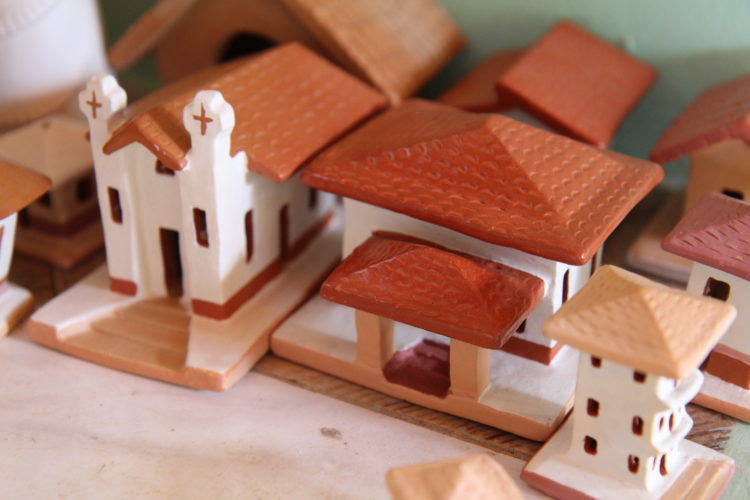Traveling through Brazil is discovering the charms and diversity of our culture, our knowledge and Brazilian handicraft. In our more than 8,500,000 km2 territory, our traditions and cultural expressions are present in many different ways. It is perhaps in the state of Minas Gerais where this richness and multiplicity of culture emerges at its peak, bringing together the influence of all inhabitants who have lived in the region, the political and economic movements and the abundant local supply of raw materials.
A trip through Minas Gerais always brings the flavour of local gastronomy, the affection of local hospitality and the beauty of its natural and historical landscapes. But the experience can be even more satisfying if you add some popular theatre, music, literature and handicrafts. And, when it comes to crafts, you have a lot to discover in Minas Gerais!
Vale do Jequitinhonha and the pottery
In the northeast of the state, the Jequitinhonha Valley gained fame for its low social development rates and also for the cultural richness, highlighted by the production of ceramics. Inheritance of indigenous influences, the tradition of making utilitarian pieces from clay passed from mother to daughter until the present day. It has improved and gained the world. Today, women from the Valley, known as paneleiras, are responsible for the creation and sales of charming and unique dolls, flowers, animals and decorative pieces that go way beyond the initial household items.
On a trip through the Jequitinhonha Valley with Vivejar, it is possible not only to visit the production of ceramic handicrafts, but also to meet the women responsible for this art. And you can even show your talent in the ceramic workshops!
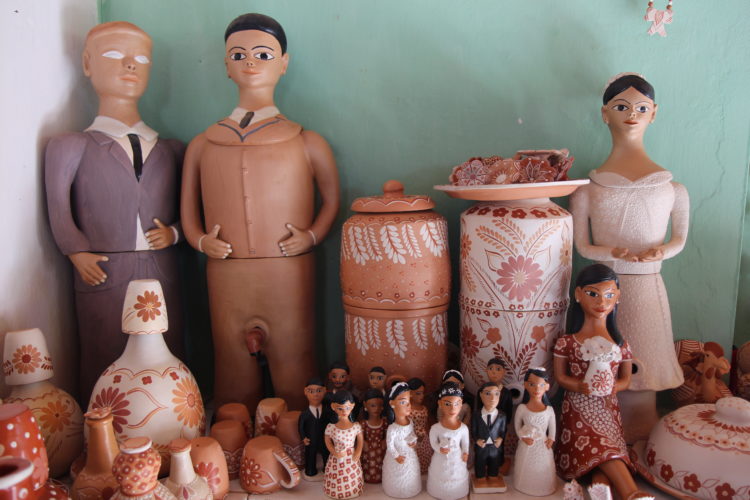
Foto: Ana Duék
Bichinho and the wood
The village of Bichinho, 7 km away from Tiradentes, got prominent in the 1990s, when the artisan collective Oficina de Agosto was created. From then on, the furniture and sculptures made of demolition wood became famous and began to be sold all over Brazil and even abroad. Since then, Bichinho, that has the official name of Vitoriano Veloso, started to attract visitors.

Foto: Oficina de Agosto
Ouro Preto and the soapstone
Since the 18th century, soapstone is extracted from the mines in Santa Rita de Ouro Preto to create jewellery, pots and other utensils. Several artisans live today in the region of historic Ouro Preto, taking advantage of the presence of tourists to sell their handicrafts. The traditional Largo do Coimbra Fair brings together more than 50 specialised artists and shows the diversity of pieces and creations.
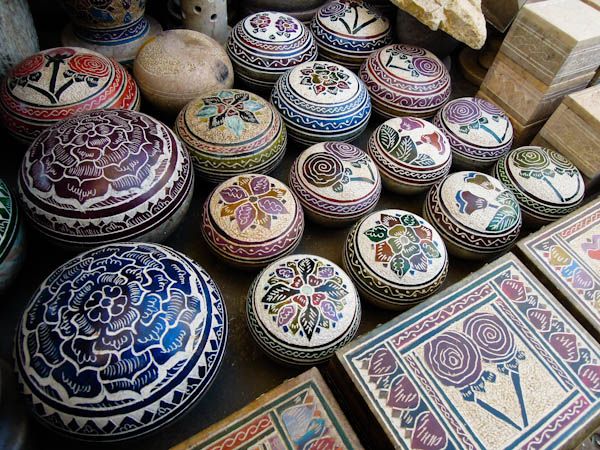
Curvelo and the iron
In the municipality of Curvelo, it is impossible not to be surprised by the iron sculptures of Dedo de Gente, a cooperative that encourages the production of Brazilian handicraft among young people through “small manufactures”. Besides iron art, which is the organization’s flagship, the youngsters work with wood, cross-stitch, recycled materials, food and other products.
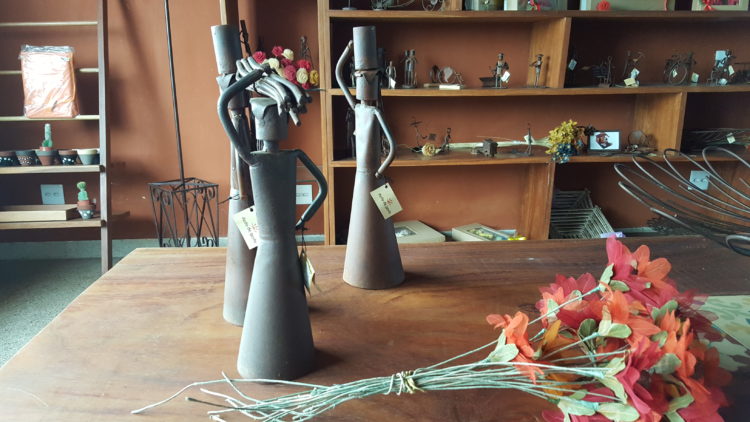
Foto: Ana Duék
São João Del Rei and the tin
The historic city of São João Del Rei gained fame for its tin handicraft production, which has even a quality seal. Tin was widely used in everyday life by the European aristocracy until it was outstripped by porcelain. In Brazil, other products also replaced the material, which became an item more appreciated by collectors. São João Del Rei still houses the oldest tin factory in Brazil, John Sommers, and the Tin Museum.
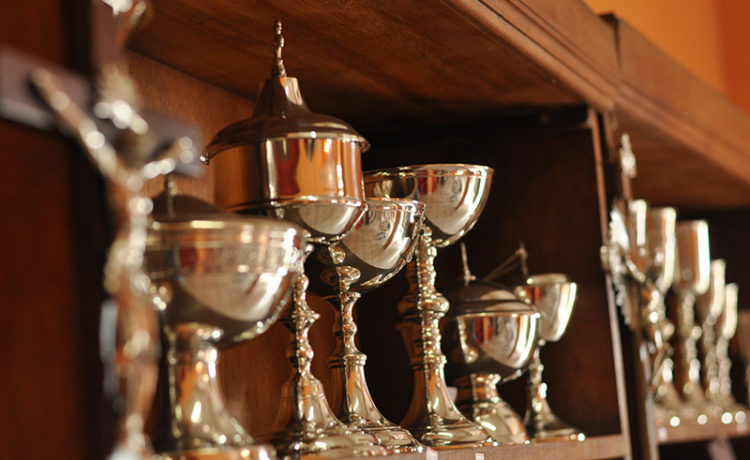
Foto: Marguele Estanhos

